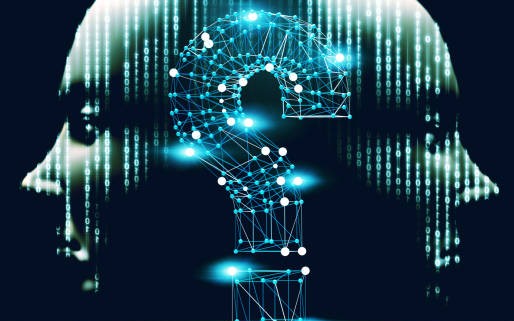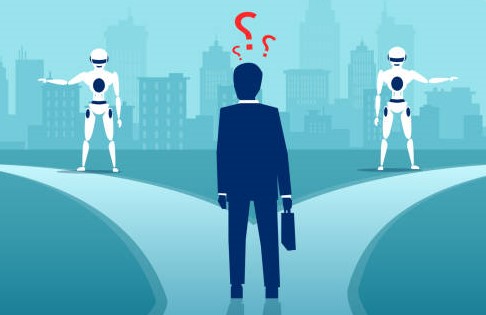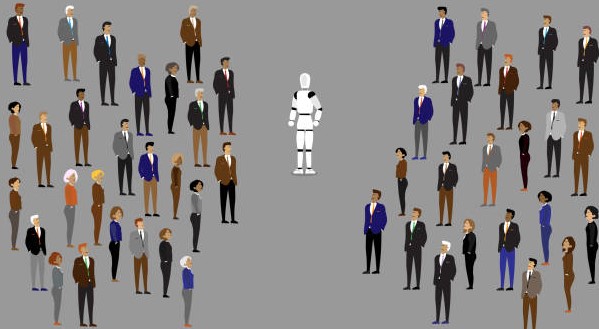Introduction
As a person who has always been fascinated by the potential of technology to change our lives for the better, I was excited to see the rise of artificial intelligence (AI) in recent years. I marveled at the speed and efficiency with which machines could perform tasks that used to take humans hours or even days to complete. However, as I delved deeper into the world of AI, I began to realize that there was a hidden danger lurking beneath the surface: bias.
Yes, bias – that human tendency to favor certain groups of people over others based on race, gender, ethnicity, religion, or other factors – is creeping into our machines. From biased algorithms that perpetuate stereotypes to chatbots that spew racist remarks, the potential for AI to harm is very real. And the consequences could be far-reaching, affecting everything from job opportunities to access to healthcare.
But here’s the thing: we don’t have to sit back and let this happen. As humans, we have the power to shape the development of AI and ensure that it is fair, just, and equitable. We can work to uncover and address biases in AI systems, and advocate for greater transparency and accountability in the technology industry.
So if you, like me, believe in the potential of AI to make our lives better, join me on this journey to uncover the hidden danger of bias in AI – and work towards a better, more inclusive future.
Bias in AI (Artificial Intelligence)
Artificial intelligence (AI) has the potential to revolutionize the way we live and work, from improving healthcare outcomes to making our daily lives more convenient. But as with any powerful tool, there are risks involved. One of the most significant risks is the danger of bias in AI.
Bias in AI can have serious consequences, perpetuating discrimination and reinforcing harmful stereotypes. For example, AI systems that are biased against certain racial or ethnic groups can lead to discriminatory outcomes in areas like hiring, lending, and criminal justice. This can perpetuate social inequalities and undermine trust in the justice system.
Moreover, the danger of bias in AI is not limited to social or ethical concerns. It can also lead to significant financial and legal consequences. For instance, if a company’s AI system is biased against certain customers or employees, it could face costly lawsuits and damage to its reputation.
The problem with bias in AI is that it often goes unnoticed, hidden beneath the surface of complex algorithms and data models. Developers and users may assume that AI is objective and unbiased, but in reality, these systems are only as fair as the humans who design and train them. If the data used to train an AI system is biased, the system will be biased too.
What we can do
So what can we do about this problem? One key solution is to increase transparency and accountability in AI development. Developers should be transparent about the data they use to train AI systems and the algorithms they use to process that data. They should also be accountable for any biases that are discovered in their systems, and work to address those biases in a timely and effective manner.
Another solution is to increase diversity in the tech industry. By bringing more diverse perspectives to the table, we can ensure that AI systems are designed with fairness and equity in mind. This can help to reduce the risk of bias and ensure that AI is a force for good in the world.
Thoughts
As we continue to develop and deploy AI systems, it’s clear that the danger of bias is not something we can ignore. The consequences of biased AI can be far-reaching, from perpetuating social inequalities to undermining the fairness of our legal and economic systems. However, the good news is that we can take steps to address this problem.
By increasing transparency and accountability in AI development, as well as promoting diversity in the tech industry, we can ensure that AI systems are designed with fairness and equity in mind. This requires a concerted effort from all stakeholders involved, including developers, policymakers, and users of AI systems.
If we want to create a future where AI is a force for good, rather than a source of harm, we must confront the challenge of bias head-on. This will require ongoing attention and effort, but the rewards are significant. By working together to address the hidden danger of bias in AI, we can build a more just, equitable, and prosperous society for all.



